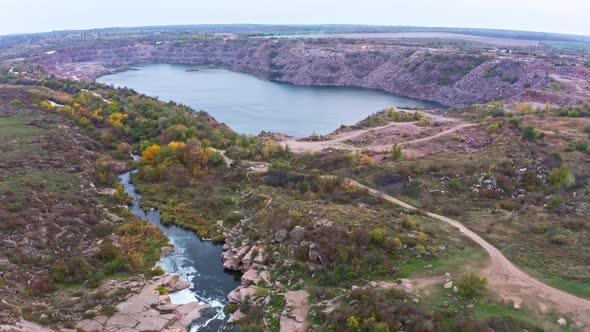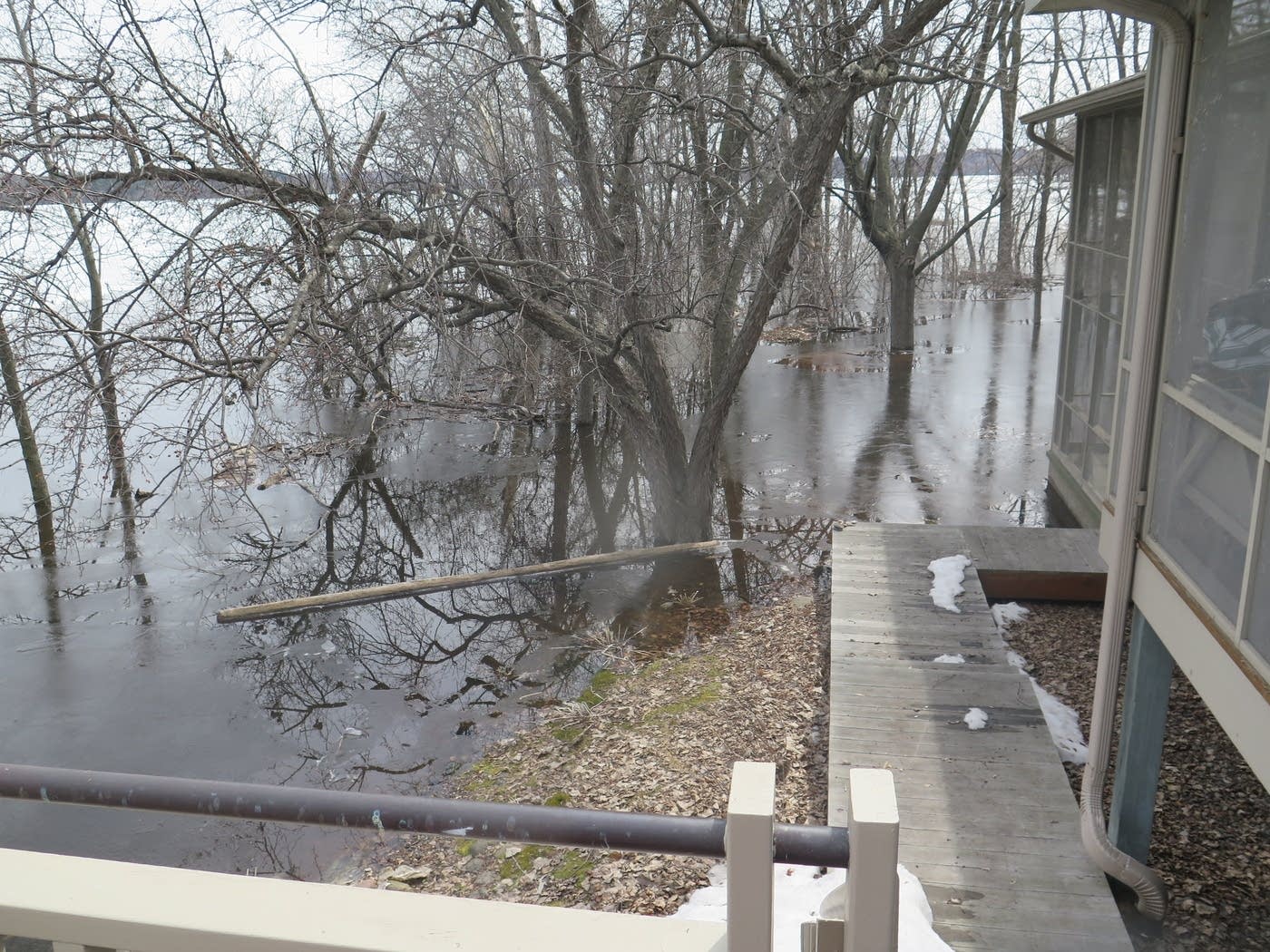

Arkansans were, according to the ARC, experienced beneficiaries when it came to dealing with their disaster relief operations, given that “after long years of difficulty with natural forces, they understood fully what the Red Cross could and could not do.”Īrkansas’s floodwaters inundated 1,037,500 acres of agricultural land and 756,800 acres of other land, affecting 40,916 families and their livestock. Once floodwater receded, assistance was disseminated based on need, not loss. Emergency relief consisted of rescue, temporary shelter, food, clothing, and urgent medical care extended without question to all persons affected. Eight counties offered support operations to assist the displaced. Counties needing various levels of rescue operations were Arkansas, Craighead, Crittenden, Cross, Greene, Jackson, Lawrence, Lee, Mississippi, Monroe, Phillips, Poinsett, Prairie, Pulaski, St. The ARC in Arkansas mobilized local chapter relief efforts between January 10 and 15, with the national office assuming command on January 20 and reaching what it classified as a more critical level between January 24 and February 11. The largely rural, agricultural Delta saw the spread of the floodwaters into tenants’ and sharecroppers’ homes and communities already struggling from the effects of drought, the Great Depression, and the Dust Bowl. Francis River had considerable flooding from January into March. While the Arkansas River was at flood stage at Van Buren (Crawford County) for only one day, the White River exceeded flood stages below Calico Rock (Izard County), and the St. Francis, Tyronza, and White rivers spilled across agriculture terrain mostly bare of crops that time of year. Specifically, Bayou de View as well as the Black, Cache, L’Anguille, Little Red, Spring, Strawberry, St. The day before President Franklin Delano Roosevelt’s second-term inaugural ceremony, floodwaters began surging into Arkansas counties.Īrkansas’s floodwaters came from tributary streams no longer able to drain effectively due to the cresting Mississippi River. Arkansas recorded 12.61 inches of rain in January-8.22 inches above normal.

This combination of colliding elements brought extremely heavy rainfall, estimated by the United States Weather Bureau (USWB) at 165 billion tons of water, to eleven states along the Ohio and Mississippi river valleys-enough rain to cover about 204,000 square miles to a depth of 11.2 inches, according to the USWB. Eastern and western seaboard pressure zones caused moist, southern, tropical air masses to thrust northward, while northern polar air masses thrust southward. This natural calamity shattered all previous disaster records, excluding World War I, according to the American Red Cross (ARC).įlood conditions developed over January and February 1937 from abnormal barometric pressure over much of the northern hemisphere interacting with air masses, creating aberrant weather patterns. Eleven additional states flooded, from West Virginia to Louisiana, affecting 1.5 million people in 196 counties and submerging 8,141,182 acres (12,721 square miles) along the Ohio and Mississippi river valleys.

Nevertheless, eleven Arkansas waterways overflowed, inundating or otherwise affecting seventeen adjacent counties. Corrective action undertaken during the preceding ten years kept Mississippi River levees along Arkansas’s border from breaking, however, thereby preventing a repeat of the Flood of 1927. A cold, rainy January in 1937 set the stage for one of the worst floods-if not the worst-in Arkansas.


 0 kommentar(er)
0 kommentar(er)
